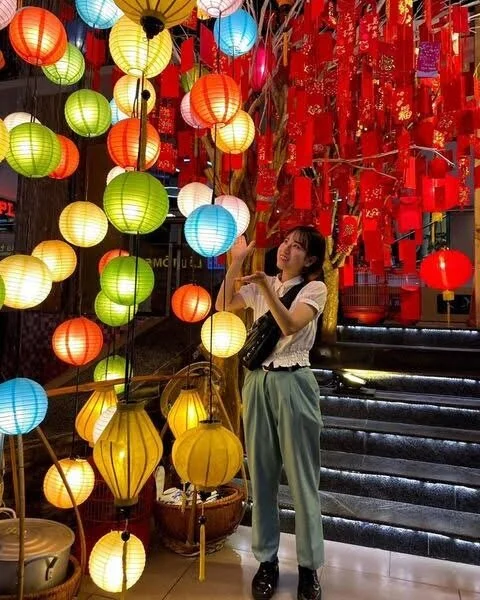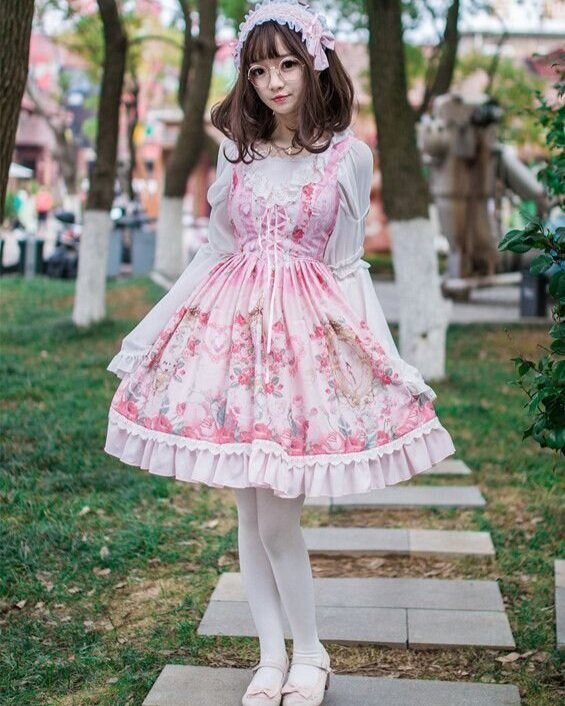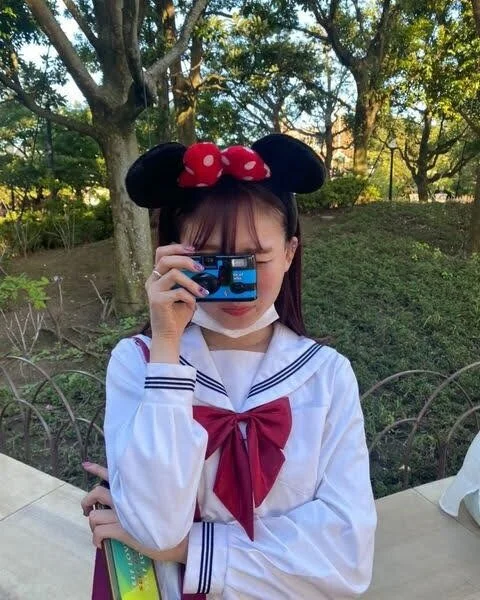NUFS X ANGLO-JAPANESE SOCIETY

At NUFS we love to celebrate the diversity of fashion and a great way to do this is to look at different cultures. We decided in order to do this we would collaborate with other societies at Newcastle University to create a a joint piece. With the Anglo-Japanese Society we choose to looked at the wide range of fashion styles within the different sub-cultures and what each of them represent.
Kimono
The kanji for kimono (着物) literally translates to ‘a thing to wear’. Dating back to the Heian period of Japan (794-1185), the kimono is an iconic part of Japanese fashion culture and tradition. Today, the kimono is worn for special occasions such as graduation ceremonies or for traditional events like tea ceremonies. Comprising 4 different parts, the first layer is a thin kimono shaped garment known as the Nagajuban. The second component is a sash known as the datejime which keeps the nagajuban in place. The third outer layer is the kimono. Finally the obi is a decorative belt that ties everything together.
Credits: (315) Pinterest
Punk
A style emerging in Shibuya and Harajuku of a cute and punk mix for a formation of a new punk style. The traditional punk style originated in New York and London in the 1970’s as a result of punk bands and music, it quickly spread internationally. However the cute punk fusion is a style entirely indigenous to Japan. It began to take shape in the 2000’s and now is its own fully formed sub-culture. One of the features of this look today is the juxtaposition of hardcore punk-style clothing with frills and ribbons. Punk and cute stand at opposite ends of the style spectrum, but young people today are freeing themselves from preconceived notions, mixing styles as they see fit, and turning punk into something indigenously Japanese.
Mainstream
Like mainstream fashion all over the globe, trends are constantly changing. The current trend of mainstream fashion has crossovers and influences from normcore, casual and minimalistic fashion styles. For some girl’s in their 10’s some take inspiration from the ‘kawaii’ or cute aesthetic. These clothes feature pastel tones to give them a youthful aura. For those in the 20’s+ baggy loose fitting clothes with muted natural tones such as off-white, beige or different shades of brown as the current staples. Smart casual out of office wear is also popular amongst those in the cities.
Credits: (315) Pinterest
Lolita
A street fashion which originated in Japan but has now since spread worldwide. Lolita fashion has many of its own unique subcultures based on the style, therefore what qualifies as Lolita style can vary greatly. Prominent substyles include Goth, Punk, Hime and Sweet. However, the clothing is mainly inspired by Victorian and Rococo fashion. Lolita fashion as a style was born out of many different Japanese style influences in the 1970s and 1980s but was not its own structured style until the early 1990s. Lolita is very strict as a style and many specifics have to be followed in order to be considered Lolita. Almost every outfit requires a Petticoat and often with a type of Headbow accessory and Mary Janes for the shoes.
Street
The ‘street’ fashion term is used primarily to refer to a very wide-ranging variety of styles which don’t align with the mainstream and are more of an expression of self. There are different categories of street style such as retro street and hip-hop inspired street. Some common features amongst these different styles often include boxy shirts, various layering, attention to pattern mixing, and sometimes straight line silhouettes.
Kogyaru
A Japanese fashion culture that involves schoolgirls wearing an outfit based on Japanese school uniforms, but with very short skirts. The Kogal (コギャル) style also is seen with loose socks and scarves, and dyed hair (often bleached). Tans of a medium or dark colour compliment the style. The look is inspired by the idea of a sun-tanned California Valley girl. This style has been prominent for a long time and can still be seen worn by gals in Japan. It is also quite common in Japan for those who are not high school students anymore to dress up in this sort of style, sometimes with a less make-up orientated focus as seen in the more recognised kogyaru style.
Decora
A prominent Japanese fashion which has become the face of Harajuku internationally. The style typically features lots of bright colours through the use of many accessories. The inspiration for Decora originates from a variety of 80’s cartoon characters such as Hello Kitty, Care Bears and Pokemon; often clothing of these characters is worn. The name Decora comes from the word ‘decoration’ (デコレーション). Decora first came about in the mid 1990’s although the peak of its popularity was in the mid 2000’s, however it is still popular and well-known in Harajuku.
Credits: (315) Pinterest







